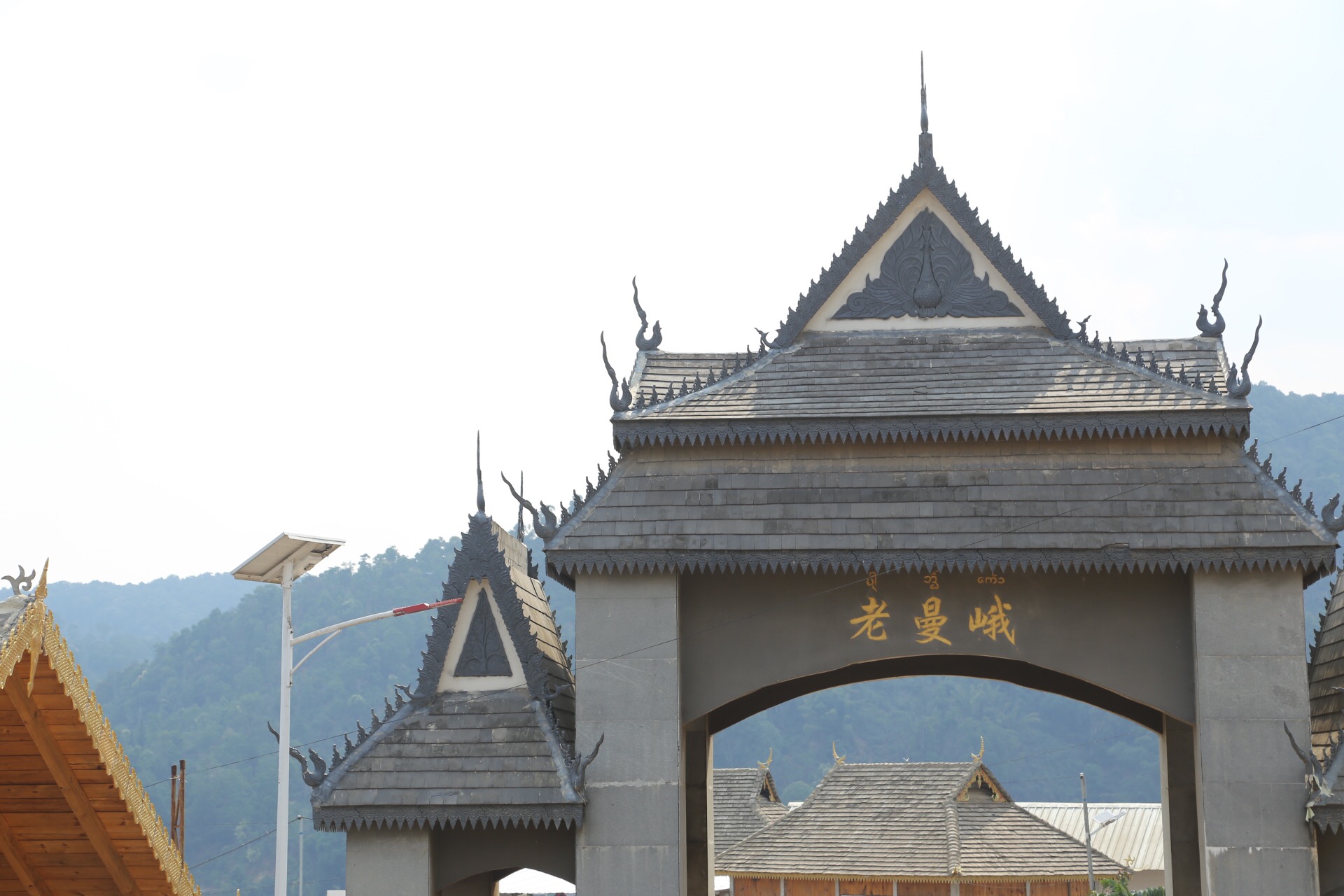
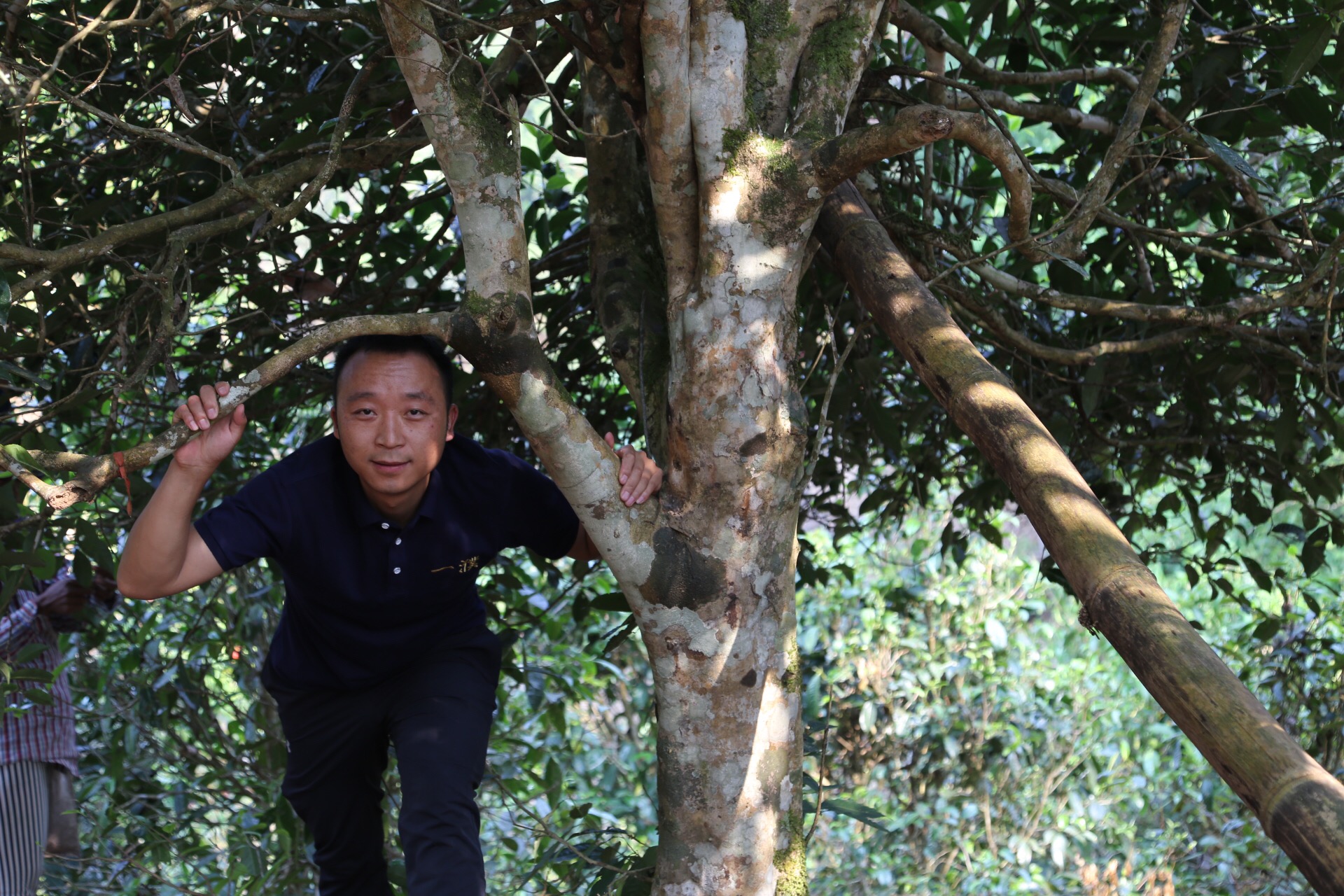
Geographical Environment
● Location: The Laoman’e Tea Mountain is located in the central area of Bulang Mountain in Menghai County, Xishuangbanna Prefecture, Yunnan Province. It is situated in a remote area on the border between China and Myanmar and is one of the core areas of the ancient Bulang Mountain tea-growing region. It is 16 kilometers away from the township government of Bulang Mountain and about 5 kilometers away from Xinbanzhang.
● Climatic Conditions: It has a southern subtropical monsoon climate with abundant sunlight and rainfall. The annual average temperature is 18 – 21 °C, and the annual precipitation is 1374 millimeters. There is much fog in winter and spring, and it is often cloudy and rainy in summer, providing ideal natural conditions for the growth of tea trees.
● Ecological Environment: Laoman’e has an altitude of 1,650 meters, with a large forest coverage area. Ancient tea trees grow mixed with other miscellaneous woods, and the ecological environment remains in its original state, which has created the unique quality of Laoman’e tea.
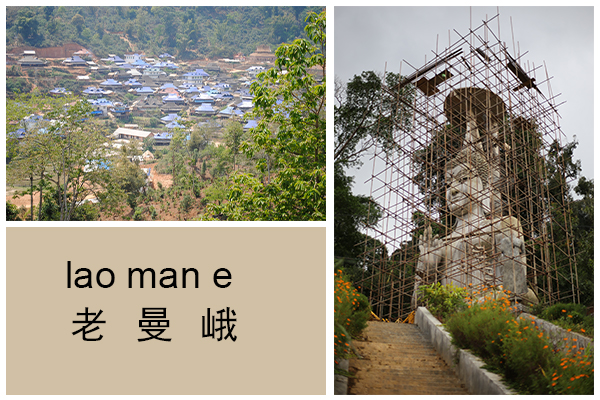
Historical and Cultural Background
● Long History: The Laoman’e village is the oldest and largest Bulang ethnic village in Bulang Mountain. According to the inscriptions on the stone tablets in the ancient temple in the village, the establishment of the village can be traced back to the first year of the traditional Dai calendar, having a long history of 1,371 years. And its tea-planting history is also over 900 years.
● Ethnic Culture: The Bulang ethnic group is the descendant of the Bai Pu people and is one of the earliest ethnic groups in the world to cultivate, make and drink tea. The Bulang people in Laoman’e have passed down their unique tea-planting, tea-making skills and ethnic culture from generation to generation.
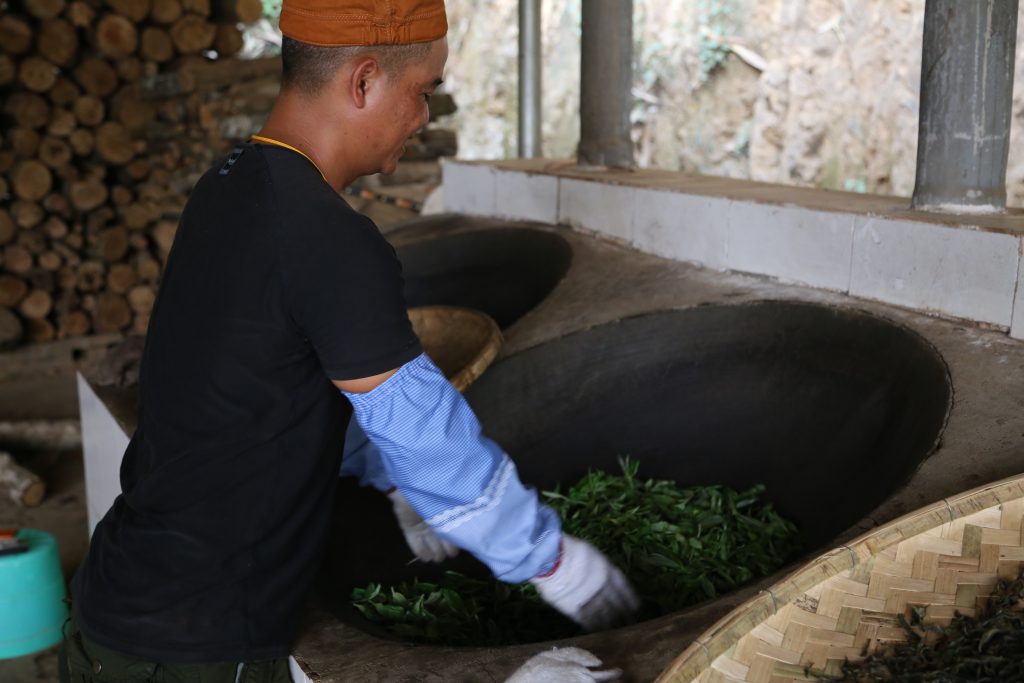
Tea Resources
● Types of Tea Trees: The tea trees in Laoman’e are mainly cultivated ancient tea trees, with an age ranging from 100 to 500 years or so, distributed around the village. In addition, villagers have newly planted more than 4,000 mu of ecological tea gardens.
● Varieties of Tea: Laoman’e tea is mainly divided into two types: bitter tea and sweet tea. The bitter tea is mostly ancient tree tea planted by the ancestors of the Bulang ethnic group, with a rich and thick taste. The sweet tea is planted in recent decades, with relatively lower bitterness and astringency and is easier to drink.
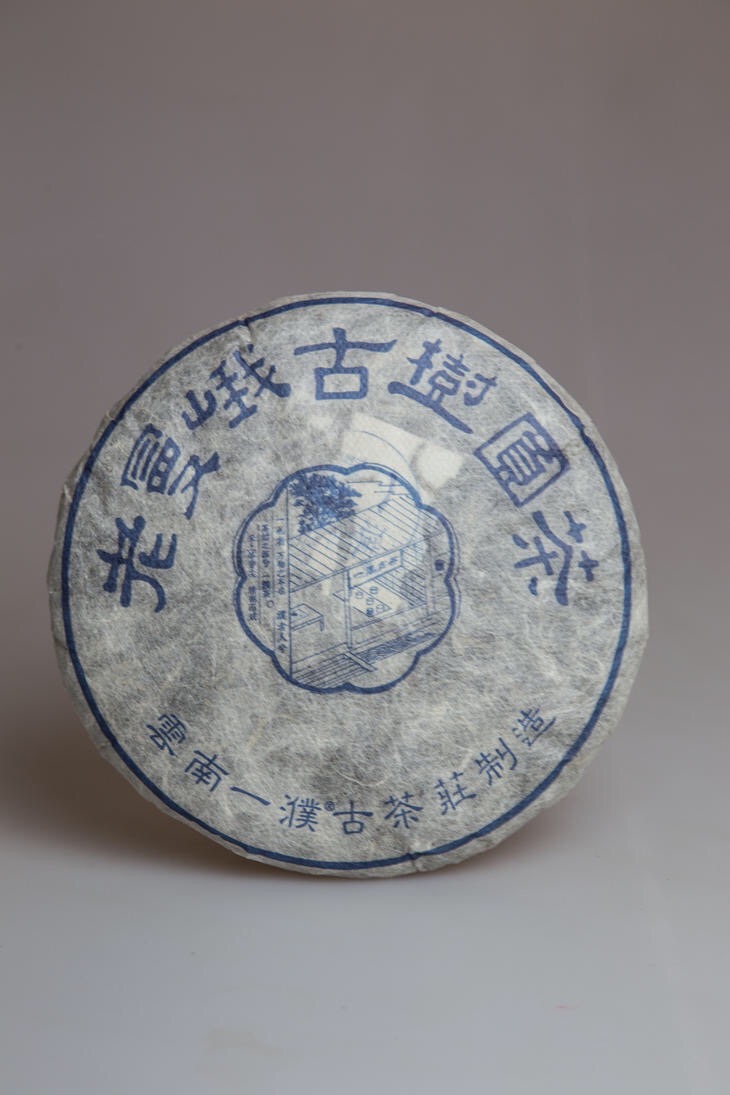
Characteristics of Tea
● Appearance: The leaves of the ancient tea trees in Laoman’e are plump and thick, with fat and sturdy strips that are tightly knotted and have visible hairs.
● Taste: Bitterness is a major characteristic of Laoman’e tea. It has a strong bitter taste when you drink it, but it dissipates quickly. The sweet aftertaste comes back rapidly and lasts long. After 5 to 7 infusions, saliva will gush out and the sweet aftertaste can be felt on the root of the tongue. The tea has a powerful energy and is extremely cold in nature. After ten infusions, the taste becomes smoother and it can endure many infusions.
● Aroma: The aroma is rich and high, with a unique charm of Bulang Mountain. There is still a lingering fragrance after long-time infusion, which is clear, long-lasting, and has a long-lasting aftertaste in the throat.